Mike and I (Steph) take our long-haired dachshund Django everywhere. Django has trotted down every busy sidewalk in New York City, camped under the stars throughout Oregon and the Pacific Northwest, completed two cross-country road trips, and flown in-cabin on countless cross-country, cross-Atlantic, and intercontinental European flights.
Flying with Django has fortunately been easy. Django weighs 14 lbs and comfortably fits in an airline-approved dog carrier designed for in-cabin pet travel.
Of course, not all dogs are allowed to fly in the cabin of airlines. Larger dog breeds that do not fit under a plane seat in an enclosed pet travel carrier are required to fly via cargo. Additionally, some countries including the United Kingdom prohibit in-cabin pet travel entirely and require that all dogs regardless of size enter their country via the hold of the plane.
If you are planning to fly your dog via airline cargo travel, there are several steps you can take to ensure your four-legged family member's trip is as safe and seamless as possible. Here are tips on how to best prepare your dog for a safe cargo flight.
BEFORE BOOKING YOUR PET TRAVEL PLANS
KNOW YOUR AIRLINE'S PET CARGO POLICIES
It is important that you fully understand your airline's unique pet cargo policies before booking your travel plans. What are the maximum dimensions of the hard-sided pet travel crate allowed by your airline? Does your dog need a health check-up prior to the flight? Are there limits to what you can put inside the crate during the journey (e.g. blankets, toys)? What type of food and water bowls are allowed during travel, and where are these bowls to be positioned in the crate?
We elaborate on all of these policies below. Since every airline pet cargo policy is unique, however, we strongly recommend reviewing your airline's pet policy page before booking travel plans.
WHAT DOG BREEDS ARE PROHIBITED IN CARGO?
Brachycephalic or short-nosed dogs (such as Boston terriers, English bulldogs, and pugs) represent nearly 50 percent of dogs that die while flying in cargo, according to the U.S. Department of Transportation. While the cargo area is climate-controlled, short-nosed dogs are more prone to breathing difficulties and therefore more vulnerable to changes in air quality and temperature.
For safety reasons, the most reputable airlines now prohibit brachycephalic breeds from flying in the hold of the plane. On the off chance you find an airline carrier that allows short-nosed dog breeds in cargo, please do not take the airline up on the offer. The risks of flying in cargo are much too great for our short-nosed four-legged friends.
ARE THERE TEMPERATURE AND OTHER WEATHER RESTRICTIONS?
Although the airplane's cargo area is climate-controlled and pressurized to ensure the safety and well-being of your pet, reputable airlines also enforce strict seasonal restrictions and temperature-related rules.
Delta Cargo, for instance, does not fly pets during "extreme weather" and prohibits pets from cargo travel when outside temperatures are below 20˚F (-7˚C) or above 80˚F (27˚C). Similarly, American Airlines does not allow pets to travel in cargo when outside temperatures are below 45˚F or above 85˚F. Other airlines (e.g. Alaska Airlines and United Airlines) will not ship your dog between May 1 and September 30.
Why these temperature guidelines? Although the cargo area is climate-controlled, your pet may be forced to wait on the tarmac before being loaded onto the plane. Airlines want to ensure your pet is safe and not uncomfortably hot or cold during their transport on the tarmac.
Exemption certificates for cold weather travel may be available for specific dog breeds. Dog breeds that thrive in arctic climates like Alaskan malamutes, Great Pyrenees, Siberian huskies, and Norwegian Elkhounds may be exempted from certain airline temperature restrictions with proper approval from a licensed veterinarian.
BOOK IN ADVANCE
To fly your pet via cargo, make sure to book the pet cargo reservation well in advance of departure. We also recommend calling the airline's customer service phone number directly when booking pet travel to ensure there is room on the flight for your four-legged companion.
THE WEEKS AND DAYS BEFORE YOUR TRIP
GET A CHECK-UP.
Given the level of stress cargo travel places on pets, most airlines require an up-to-date health certificate from a licensed veterinarian to confirm your dog is in good health and fit for travel. Your airline will also likely require a rabies vaccination certificate issued and signed by a licensed veterinarian.
Your dog's health certificate must typically be signed and dated within 10 days of your dog’s flight. Keep in mind that puppies must be at least 12 weeks old to get the rabies vaccine. If your dog has never had a rabies shot before, he or she will have to wait 28 days before traveling.
CRATE TRAIN YOUR DOG.
At least a month before your flight, get your dog used to his pet travel crate. Keep the travel crate in a well-trafficked part of your home with the door open, and encourage your dog to relax, sleep, and play in the crate during the day. The more comfortable your dog is in the crate at home, the more relaxed he'll be in there when flying in the hold of the plane.
If your dog is hesitant to go inside his new pet travel carrier, pop a low calorie treat or two inside. Allow your dog to slowly explore the new crate and poke his head inside to fetch the treats. Once he does, praise him with love and cuddles for being good. The more your dog associates positivity with his new crate, the more calm he will be when it is time to travel.
If your airline allows a blanket or two inside the hard-sided pet carrier, consider lining your dog's carrier with moving blankets that absorb sound. Allow your dog to enjoy the soft bedding in the crate while at home, and keep the sound-absorbing bedding in place for your upcoming journey.
HAVE PROPER IDENTIFICATION FOR YOUR DOG.
According to an Airline Incidents Report published in December 2018, fifty-five dogs were lost on commercial flights between 2005 and 2018. If your dog has to travel in cargo, maximize your chances of being reunited with him by having proper identification on both your dog and his pet travel carrier:
- Label your dog’s crate with your name, permanent address, phone number, and final destination. Attach a plastic sleeve containing copies of your dog’s rabies vaccination and health certificate with a zip tie or heavy tape. Mark it with ORIGINAL DOCUMENTS – DO NOT REMOVE.
- Fit your dog with a reflective collar or harness that has a safety clasp, then place two ID tags on the item: (1) a permanent ID with your name, physical address, and phone number, and (2) a temporary ID with your name, phone number, email address, and travel destination.
- Consider microchipping your dog. According to the American Veterinary Medical Association, dogs with microchips are returned to their owners 52 percent of the time. Learn more about pet microchips and how they work in DJANGO Dog Blog article "Should I microchip my dog?"
- Bring a hardcopy or digital photo of you and your dog together. Store extra pictures of your dog’s face, body markings, and crate in your phone or a plastic bag.
PURCHASE PROPER FOOD AND WATER BOWLS FOR THE TRAVEL CRATE
Pets are allowed food and water when traveling in cargo, but some airline pet cargo policies differ on what type of bowls are allowed.
American Airlines Cargo, for instance, requires pet owners to provide two dishes, one for food and one for water. The dishes must be attached to the inside of the hard-sided kennel but accessible from the outside so airline personnel do not have to open the kennel. Although American Airlines provides water for pets, pet owners are required to provide enough food for at least 24 hours just in case your dog or cat's flight is delayed, cancelled, rerouted, etc.
24 HOURS BEFORE TRAVEL
EXERCISE YOUR DOG.
Before you leave for the airport, exercise your dog as close to your flight time as possible. If you are leaving for the airport very early in the morning and don't have time for extensive exercise, ensure your dog has a fun-filled, active day in the 24 hours before your departure.
Here’s how much exercise your dog may need based on his age and breed:
-
Puppies must be at least eight weeks old and fully weaned for five days before they can travel. Puppies should walk five minutes for each month of their lives. Seniors should go on two slow walks or swims per day.
-
Herding and sporting breeds need at least 60 minutes of exercise per day. Agility, hiking, swimming, or flyball will nip their travel anxiety in the bud.
-
Toy breeds and giant breeds need 30 to 60 minutes of exercise per day. A brisk jog or game of fetch in the front yard will keep them adventure-ready.
TRACK YOUR DOGS FOOD AND WATER INTAKE.
Feed and hydrate your dog 4 hours before you arrive at the airport. This window of time will give your dog time to digest his food and also allow for him to fully pee and poop before settling down in his travel crate.
CONSIDER REDUCING YOUR DOG’S TRAVEL ANXIETY.
You might consider the below natural pet supplements to ease your dog's travel anxiety. As always, please consult your veterinarian before giving your dog any supplements or over-the-counter medications.
- CBD oil. CBD oils, balms, and gels are available for a myriad of canine health and wellness issues including travel anxiety, stress, and general nervousness. Learn more about CBD for dogs here.
- Calming pheromones. Calming pheromones contain the hormone that nursing dogs produce to calm their puppies. A 2008 study shows that pups on Adaptil DAP adapted faster to new environments.
- L-theanine and L-tryptophan. The British Veterinary Association concluded that L-theanine and L-tryptophan reduce your dog’s flight or fight hormones (i.e., cortisol and norepinephrine).
- Chamomile and passionflower. Limited studies in dogs have been performed. But there is some anecdotal evidence that chamomile and passionflower work as mild sedatives and antispasmodics for dogs.
- Lavender. A 2006 study found that dogs spent significantly less time moving and barking when exposed to 5 mL of lavender oil.
Please do not give your dog tranquilizers unless they are prescribed by your licensed veterinarian for air travel and approved by your airline. Tranquilizers can reduce your dog's heart rate, respiration, and body temperature, and increase the risk of injury or death during an already stressful cargo trip.
PREVENT HOTSPOTS.
Dogs that are stressed or bored might vigorously scratch their skin. Vigorous scratching can cause red, oozing, and painful wounds called hot spots. Hot spots are commonly found on the dog’s head, chest, hips, or paws and can easily double in size every six to 12 hours. They are especially common in high heat and humidity.
If your dog has anxiety and/or is prone to anxiety-induced scratching, consider e-collars, calming t-shirts, and booties to prevent him from scratching himself. Some airlines will also allow your dog to chew on a comfort item while en route in cargo, such as a cow ear or squeaky toy, to relieve his stress.
Always check your airline's cargo pet policies before your trip to confirm which items are allowed in the crate during the journey. If your dog gets a hot spot while flying in cargo, please take him to a veterinarian as soon as possible to be treated.
ARRIVE AT THE AIRPORT EARLY
On the day of your flight, arrive at the airport early to ensure there is ample time for your pet to be properly checked in and boarded. Many airlines have specific airport drop-off locations and times for pets traveling in cargo, so be sure to review these directions in advance of your trip.
Also be sure to have on hand all required documents including your dog's signed and dated health certificate and rabies vaccination certificate. Airline personnel will need to see these documents before they allow your dog to be checked on the flight.
IS IT SAFE TO FLY MY PET IN CARGO?
Many dog owners are understandably concerned that flying their dog in cargo may not be a safe option. There are preconceived notions that cargo pet travel is unsafe, stressful, and something to be avoided. A Pet Life Today survey found that 73 percent of pet parents do not believe their dogs are safe in the hold of the plane. With that said, 70% of dog owners who actually flew their dogs in cargo said they would do it again.
Is the cargo area safe for pet travel? Will dogs too large for in-cabin pet travel be comfortable in the hold of the plane? Although the large majority of pets traveling via cargo arrive safely at their destination, it is important to understand the potential hazards with cargo travel.
In DJANGO Dog Blog article "Is It Safe to Fly Your Pet In Cargo?", we provide a comprehensive overview of airline cargo pet travel: what cargo pet travel actually entails, potential risks and hazards with putting dogs or cats in cargo, and recent statistics on pet safety.

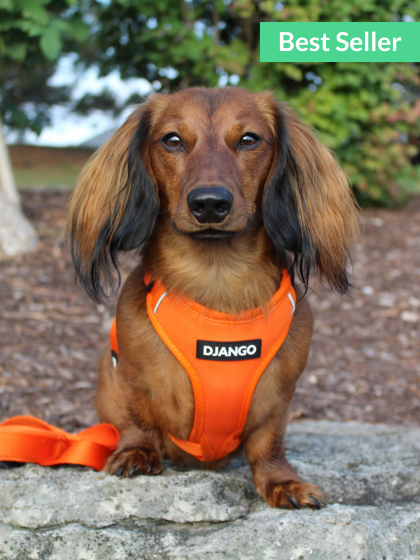
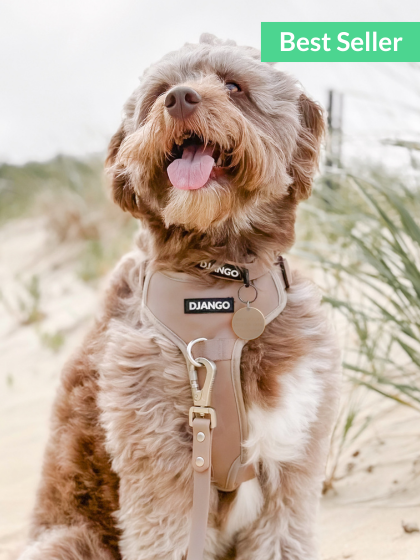
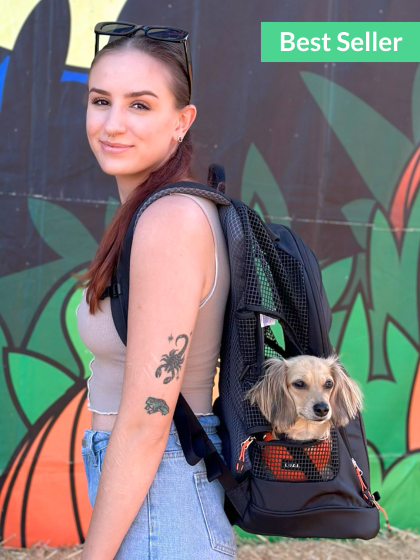
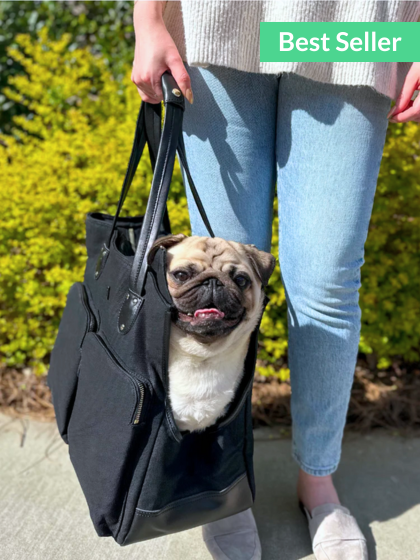
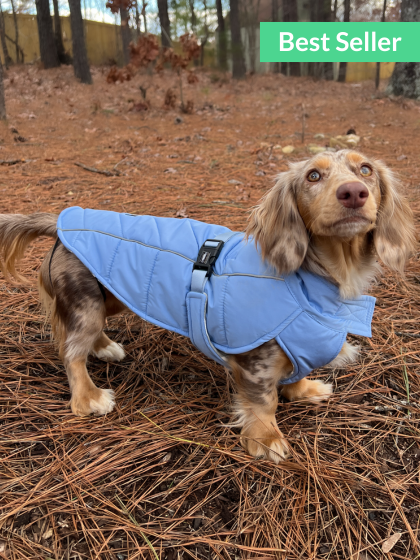
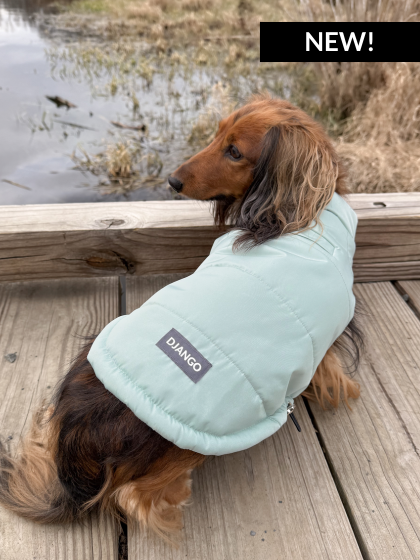
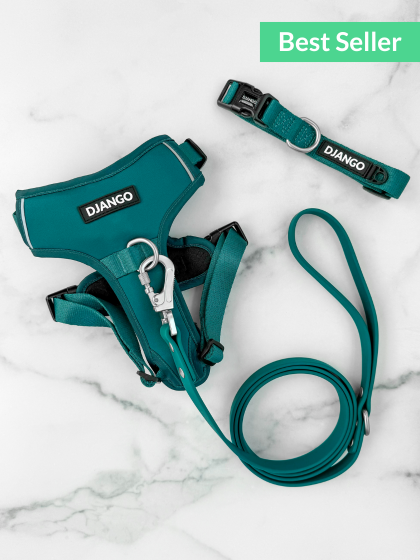
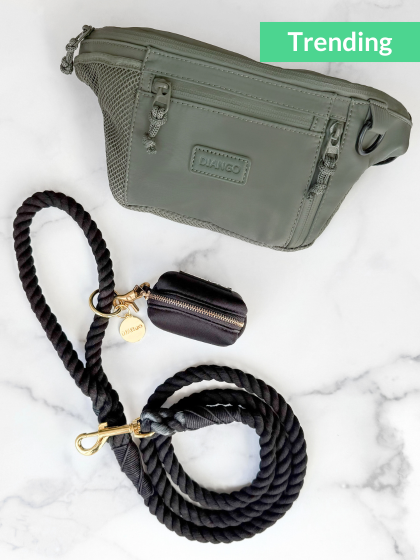
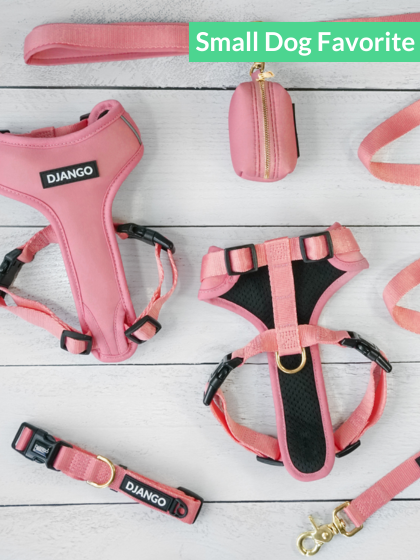
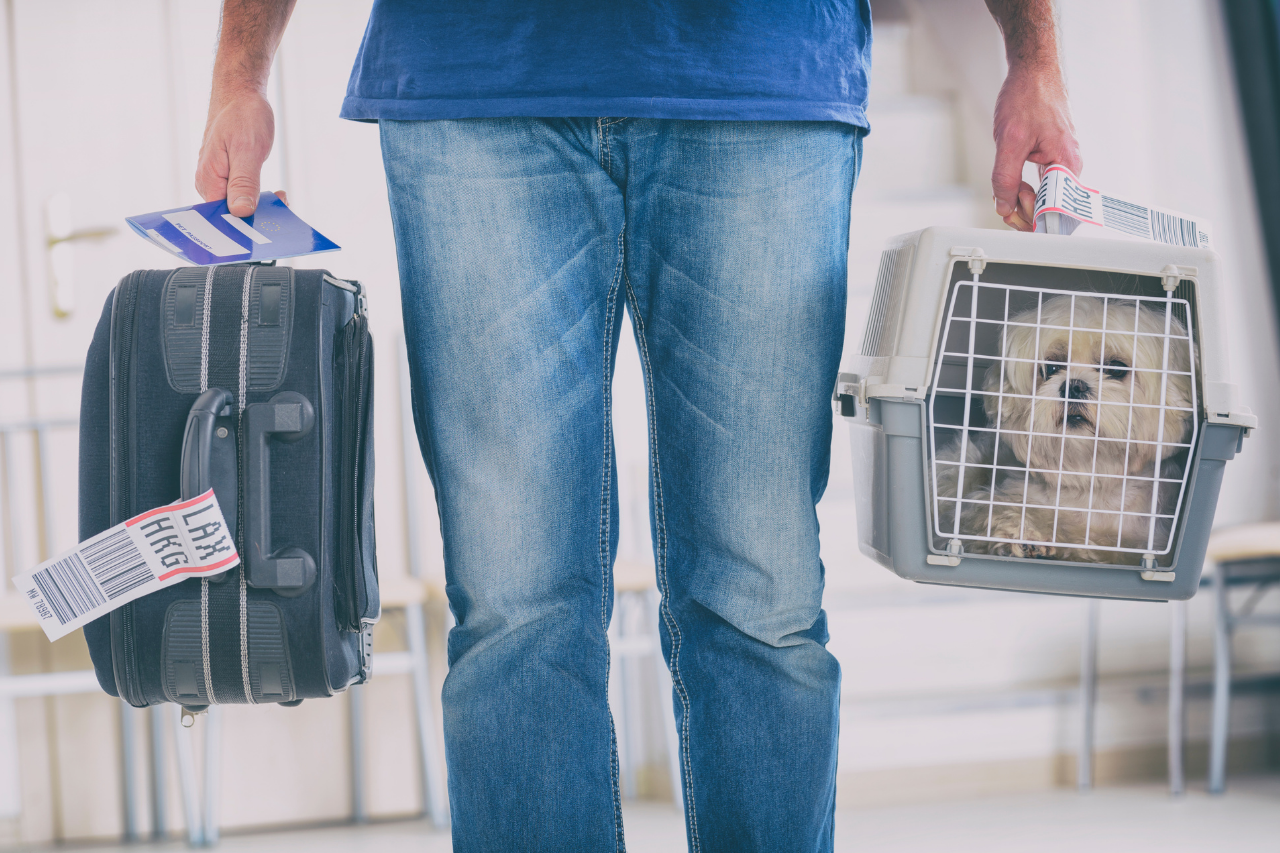
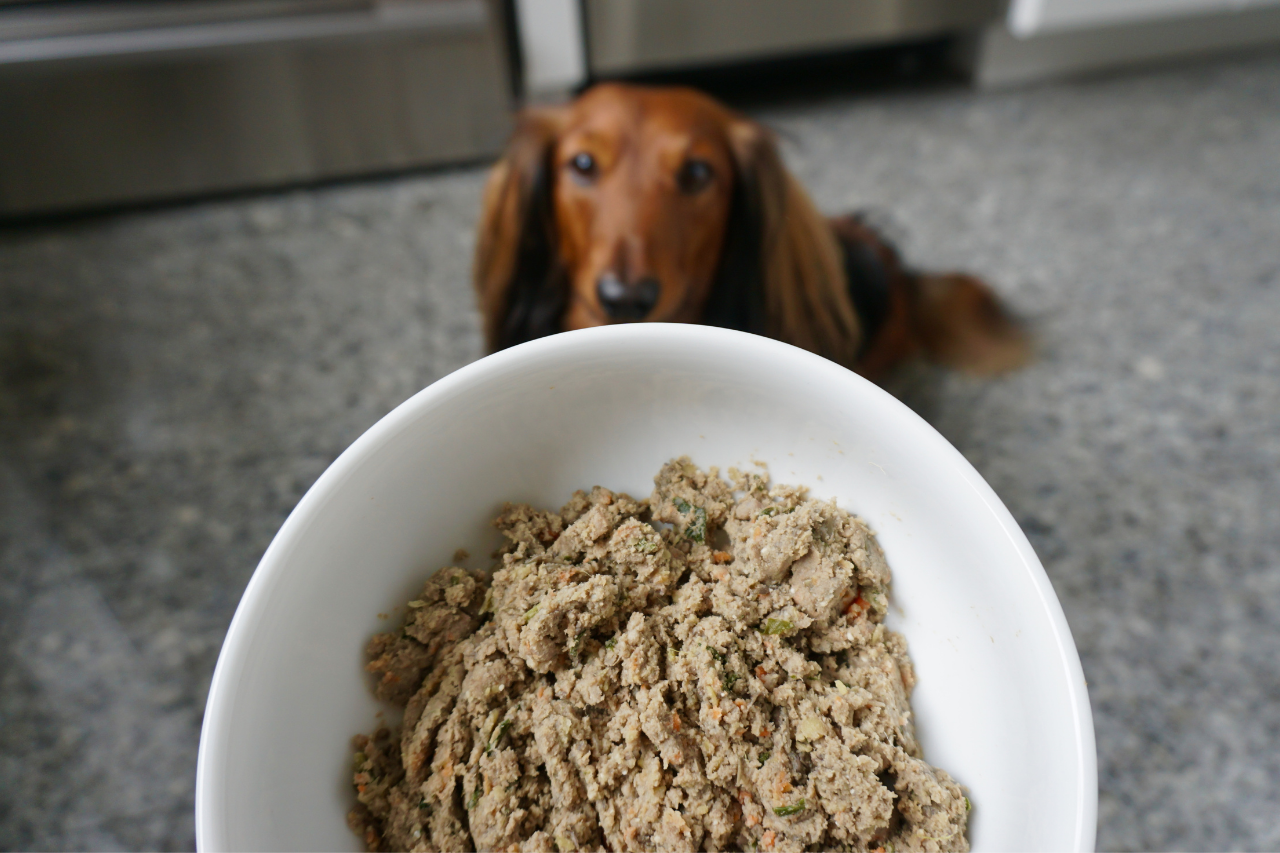
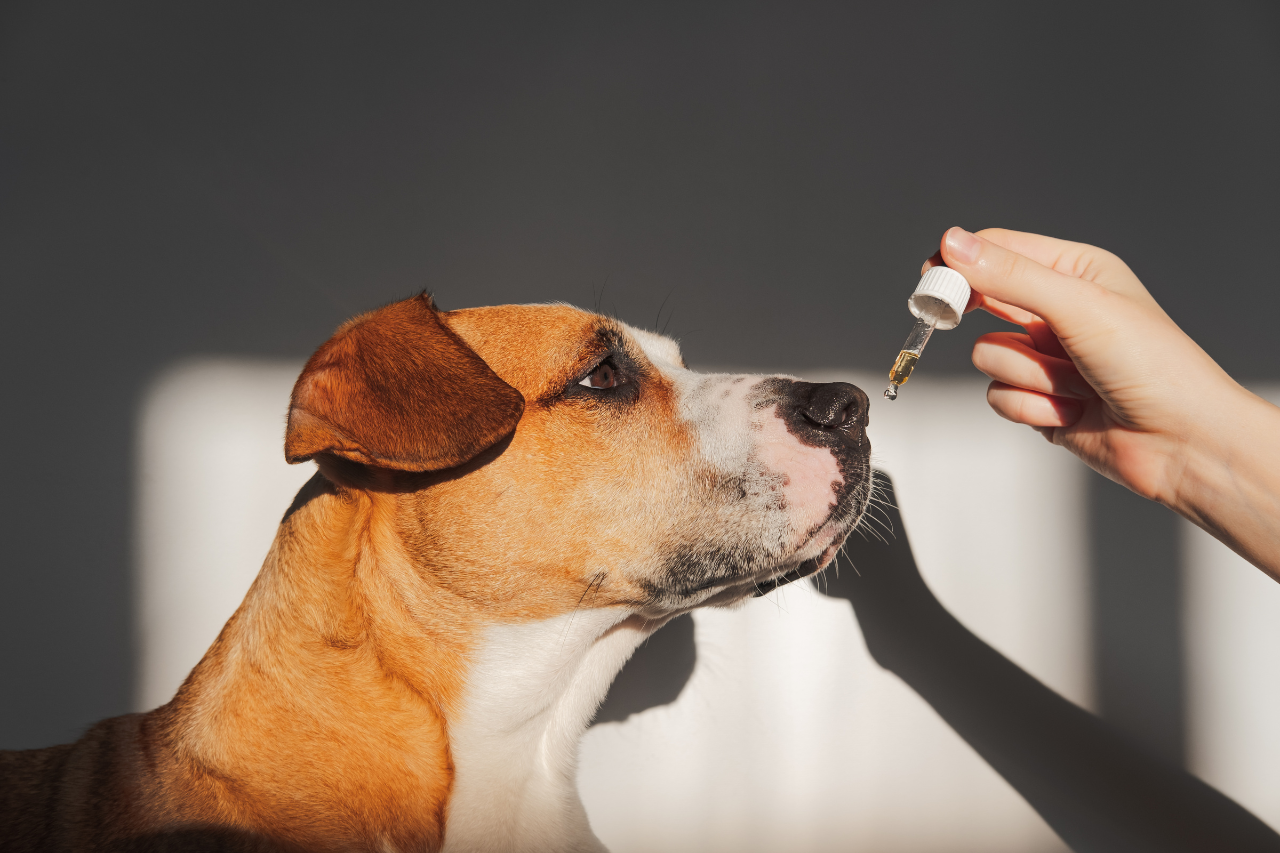
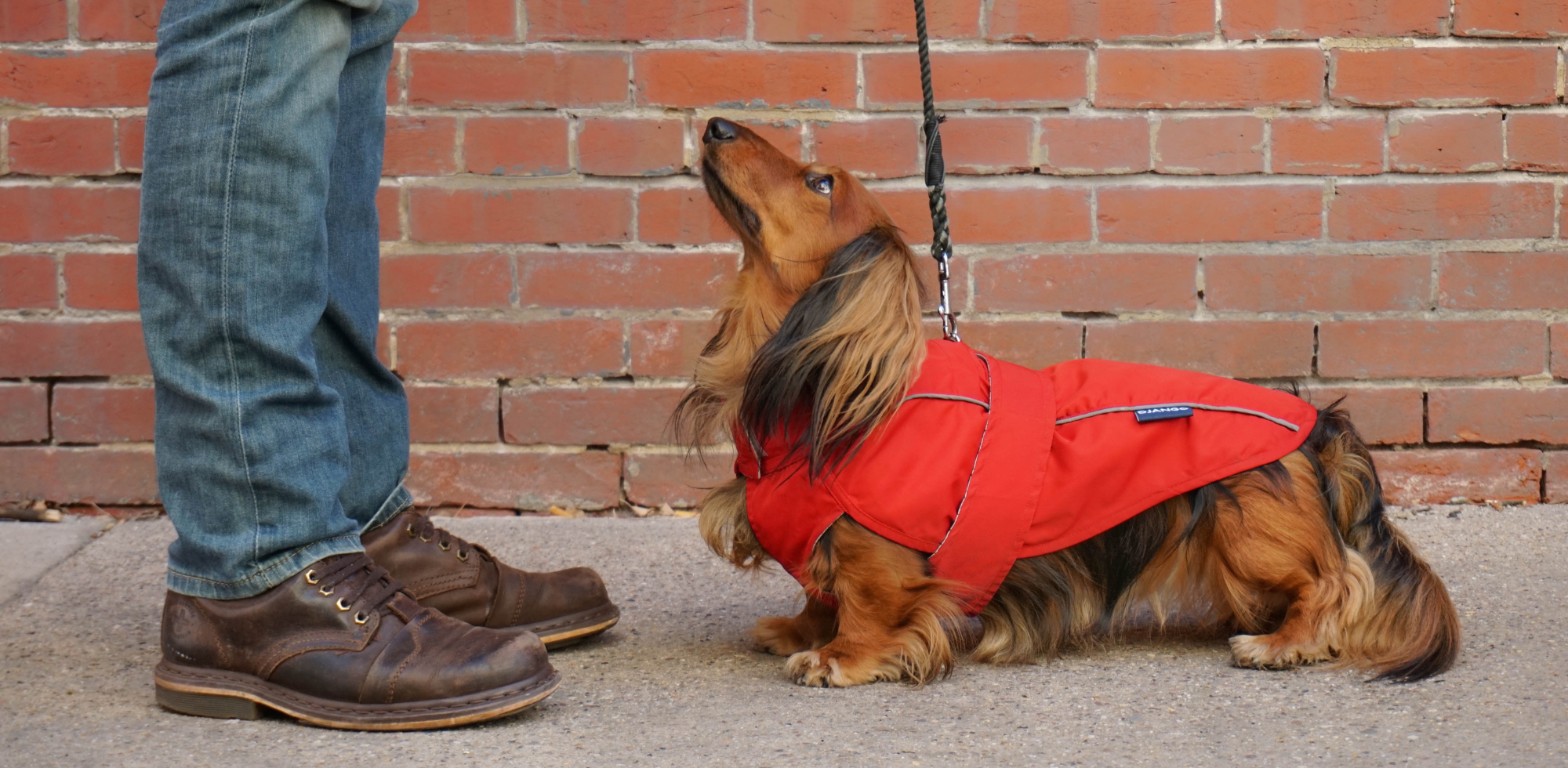
6 comments
Richard Lightcap
We’re getting ready for a 13-hour flight from Buenos Aires to Madrid…… not looking forward to it with two medium-sized dogs in cargo and a tiny one traveling with us. Glad to hear a number of good experiences on this post – thank you!
We’re getting ready for a 13-hour flight from Buenos Aires to Madrid…… not looking forward to it with two medium-sized dogs in cargo and a tiny one traveling with us. Glad to hear a number of good experiences on this post – thank you!
Daniella
thank you for the information. Hope my dog will be ok in the cargo
0
thank you for the information. Hope my dog will be ok in the cargo
0
Tori
Great tips! I’m in the process of relocating from where I work in Iraq back home to Alaska. Last month I took my two cats home. I ended up having to send them cargo from Iraq to Seattle (Iraq – Qatar – Seattle) via Qatar Airways. Qatar Airways was extremely professional, arranged the entire export/customs process, monitored them during the long layover, and got them there – I’m pretty sure – in even better shape than when they left haha. I picked them up from the cargo office in Seattle and checked us all in to the flight up to Juneau, AK. The whole thing went really smoothly. And, although they weren’t impressed with the cold, they did really well.
I’m heading out with my dog at the end of the year while I can still fly directly in to Seattle (per CDC regulations for import of dogs from high risk countries). Since I had such an excellent experience with my cats – I’ve decided to do exactly the same for my dog using Qatar Airways’ cargo.
Great tips! I’m in the process of relocating from where I work in Iraq back home to Alaska. Last month I took my two cats home. I ended up having to send them cargo from Iraq to Seattle (Iraq – Qatar – Seattle) via Qatar Airways. Qatar Airways was extremely professional, arranged the entire export/customs process, monitored them during the long layover, and got them there – I’m pretty sure – in even better shape than when they left haha. I picked them up from the cargo office in Seattle and checked us all in to the flight up to Juneau, AK. The whole thing went really smoothly. And, although they weren’t impressed with the cold, they did really well.
I’m heading out with my dog at the end of the year while I can still fly directly in to Seattle (per CDC regulations for import of dogs from high risk countries). Since I had such an excellent experience with my cats – I’ve decided to do exactly the same for my dog using Qatar Airways’ cargo.
DJANGO
@ANN GIBSON We’re so glad you found this article useful! Hope your upcoming Fort Lauderdale to Seattle flight with your dog George goes incredibly smoothly. Enjoy the trip!
@ANN GIBSON We’re so glad you found this article useful! Hope your upcoming Fort Lauderdale to Seattle flight with your dog George goes incredibly smoothly. Enjoy the trip!
Ann Gibson
Thank you for this detailed post. Even though I’ve had dogs fly in cargo before (Alaska & Delta) it’s been a very long time. I’m flying FLL to SEA in a few days with my dog George, and this was a fantastic review.
Thank you for this detailed post. Even though I’ve had dogs fly in cargo before (Alaska & Delta) it’s been a very long time. I’m flying FLL to SEA in a few days with my dog George, and this was a fantastic review.
NormanWilkes
This is such a very detailed post! I found a lot of helpful tips, thanks!
Dog’s News & Stories
This is such a very detailed post! I found a lot of helpful tips, thanks!
Dog’s News & Stories